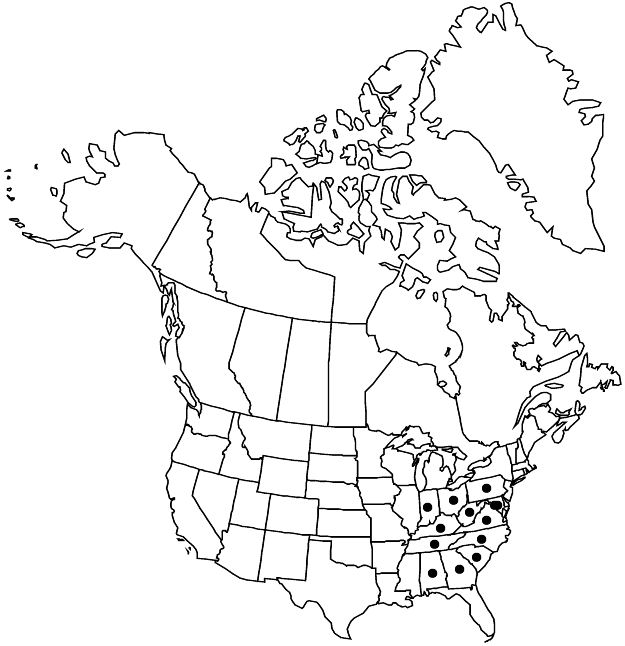Difference between revisions of "Oxalis grandis"
Bull. Torrey Bot. Club 21: 475. 1894.
FNA>Volume Importer |
FNA>Volume Importer |
||
| Line 57: | Line 57: | ||
|publication year=1894 | |publication year=1894 | ||
|special status=Endemic | |special status=Endemic | ||
| − | |source xml=https://jpend@bitbucket.org/aafc-mbb/fna-data-curation.git/src/ | + | |source xml=https://jpend@bitbucket.org/aafc-mbb/fna-data-curation.git/src/8f726806613d60c220dc4493de13607dd3150896/coarse_grained_fna_xml/V12/V12_865.xml |
|genus=Oxalis | |genus=Oxalis | ||
|species=Oxalis grandis | |species=Oxalis grandis | ||
Revision as of 15:50, 18 September 2019
Herbs perennial, caulescent, rhizomes present, without tubers or tuberlike thickenings, stolons absent, bulbs absent. Aerial stems 1(–3) from base, erect, (10–)25–60(–100) cm, herbaceous, glabrate to sparsely or densely pilose or villous, hairs ± straight, spreading, septate and nonseptate. Leaves cauline, mostly on distal 1/2 of stem; stipules apparently absent; petiole 5–7.5 cm, hairs septate and nonseptate; leaflets 3, green, obcordate, 5–25(–30) mm, lobed 1/5 length, lobes apically usually rounded, rarely ± truncate, margins green or brownish purple, ciliate, surfaces glabrous, oxalate deposits absent. Inflorescences regular, irregular, or umbelliform cymes, 1–4(–8)-flowered; peduncles 7–12 cm. Flowers tristylous, above level of leaves; sepal apices without tubercles; petals yellow, with or without faint red lines proximally, 10–14 mm. Capsules ovoid to ovoid-oblong, 6–10 mm, sparsely puberulent. Seeds brown, transverse ridges brown. 2n = 28.
Phenology: Flowering May–Aug.
Habitat: Sandy woods, alluvial soils.
Elevation: 100–1100 m.
Distribution

Ala., D.C., Ga., Ind., Ky., Md., N.C., Ohio, Pa., S.C., Tenn., Va., W.Va.
Discussion
Selected References
None.